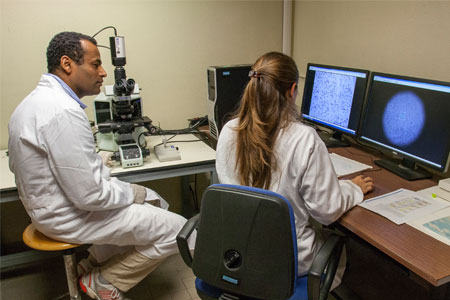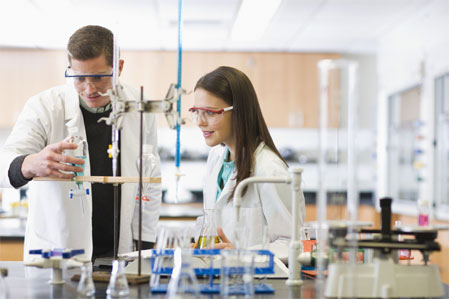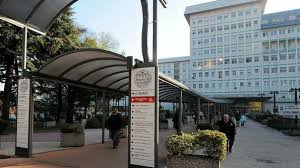The Unit will provide technical support to other Units and will collaborate on specific issues.
- Technical support
- on imaging studies involving observation of living cells labelled with fluorescent markers and on studies requiring confocal microscope.
- Specific issues
- Identification of SK subunit domains relevant for channels subcellular localization.
The Unit will use molecular biology (cDNA cloning, mutation/deletion, testing for dominant negative constructs), pharmacological, biochemical and morphological (confocal microscopy and videoimaging) approaches with the aim of identifying SK(2/3) subunit domains relevant for channel assembly and translocation to (selective domains of ) the cell membrane.
- Identification and characterization of interactors of SK channels.
Sequences of putative interactors will be fished out by Y2H (in collaboration with Dr. Terstappen, GSK, Verona). Characterization of leads will include: production of polyclonal antibodies, generation of mutants and dominant negative, distribution analysis (ISH, immunohystochemistry) during CNS development, functional evaluation on hippocampal neurons with/out LTP
- Modulation of SK channel turnover and number.
The Unit will modify methods and approaches extensively used in the past for the study of receptor (AChR) turnover. The new methods will allow measurements of kinetic values from channels either endogenous (in PC12) or expressed by transfection (including mutated clones) in hippocampal neurones. The study of channel recycling will include visualization by videoimaging approaches (well established in the lab); a new low-light videoimaging system exploiting convolution methods to increase spatial resolution is going to be assembled in the lab and will be dedicated mostly to the project. In collaboration with other Units, we will define the biochemical, pharmacological and functional properties of the compartment hosting the intracellular pool of SK(3) channels and responsible for the channel regulated insertion on the cell surface.
- Role of SK channels on the exo-endocytotic activity of hippocampal neurones
For this aim the Unit will produce constructs of GFP-SK(3) channels (including mutated/deleted). The probes will be transfected in hippocampal neurons and their role in the exo-endocytotyc activity measured by fluorescent approaches in use by Units 1 and 4.







